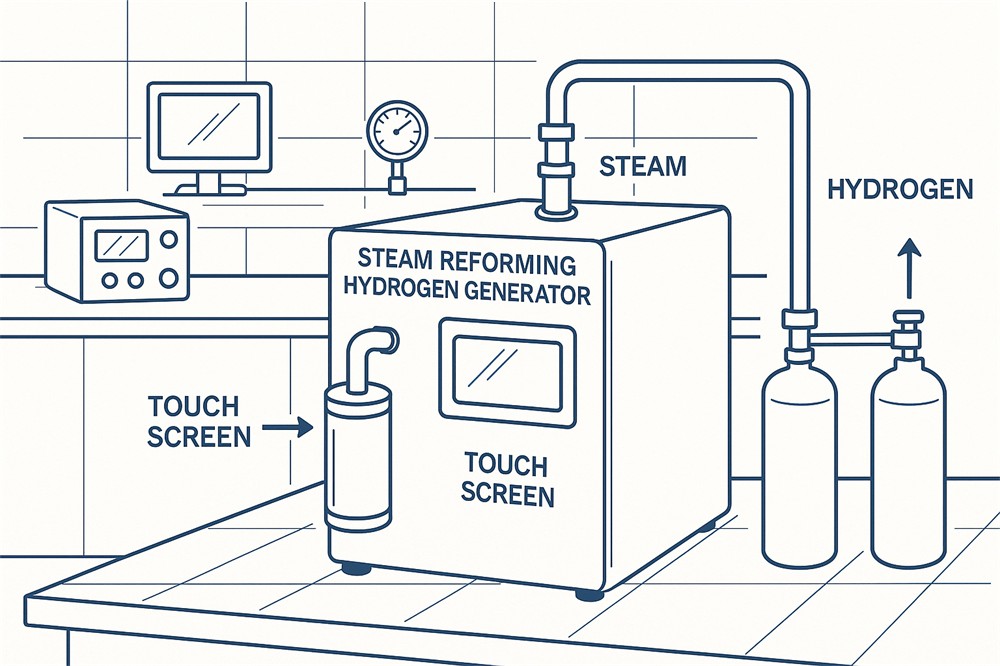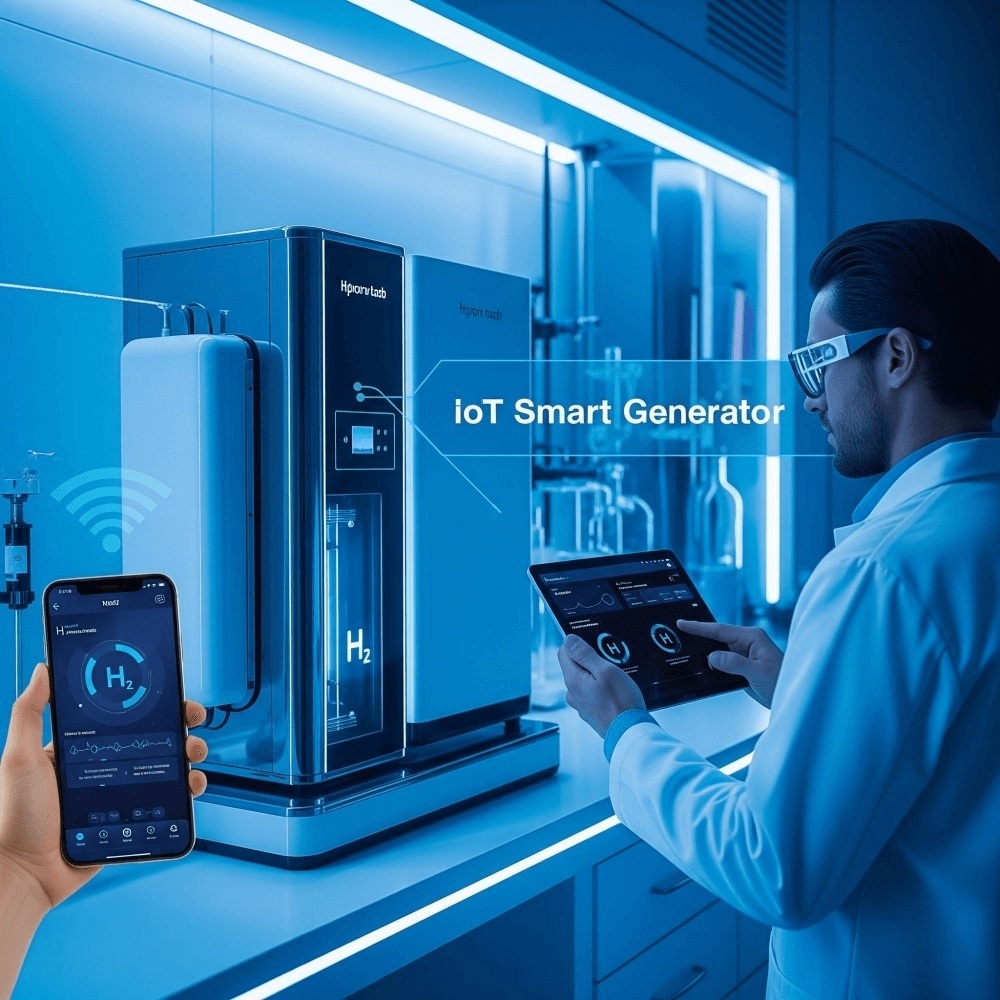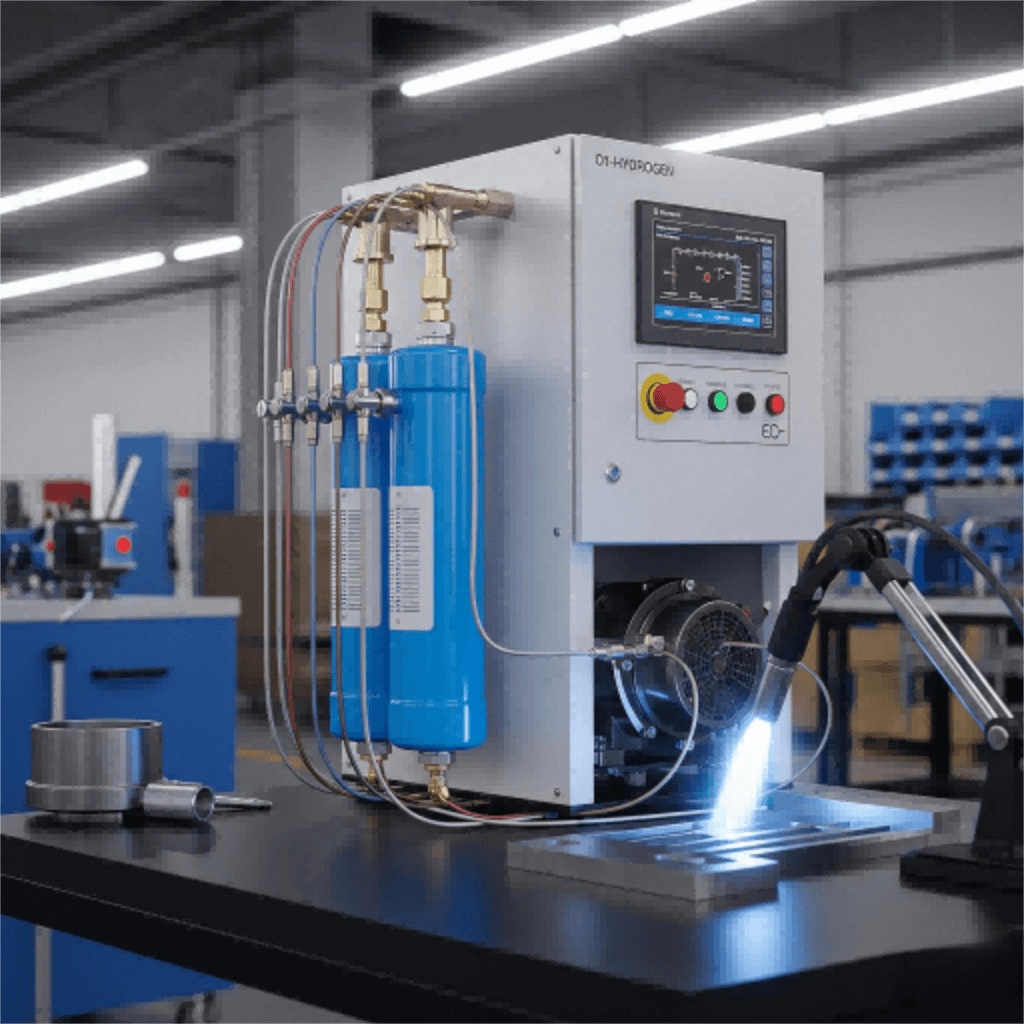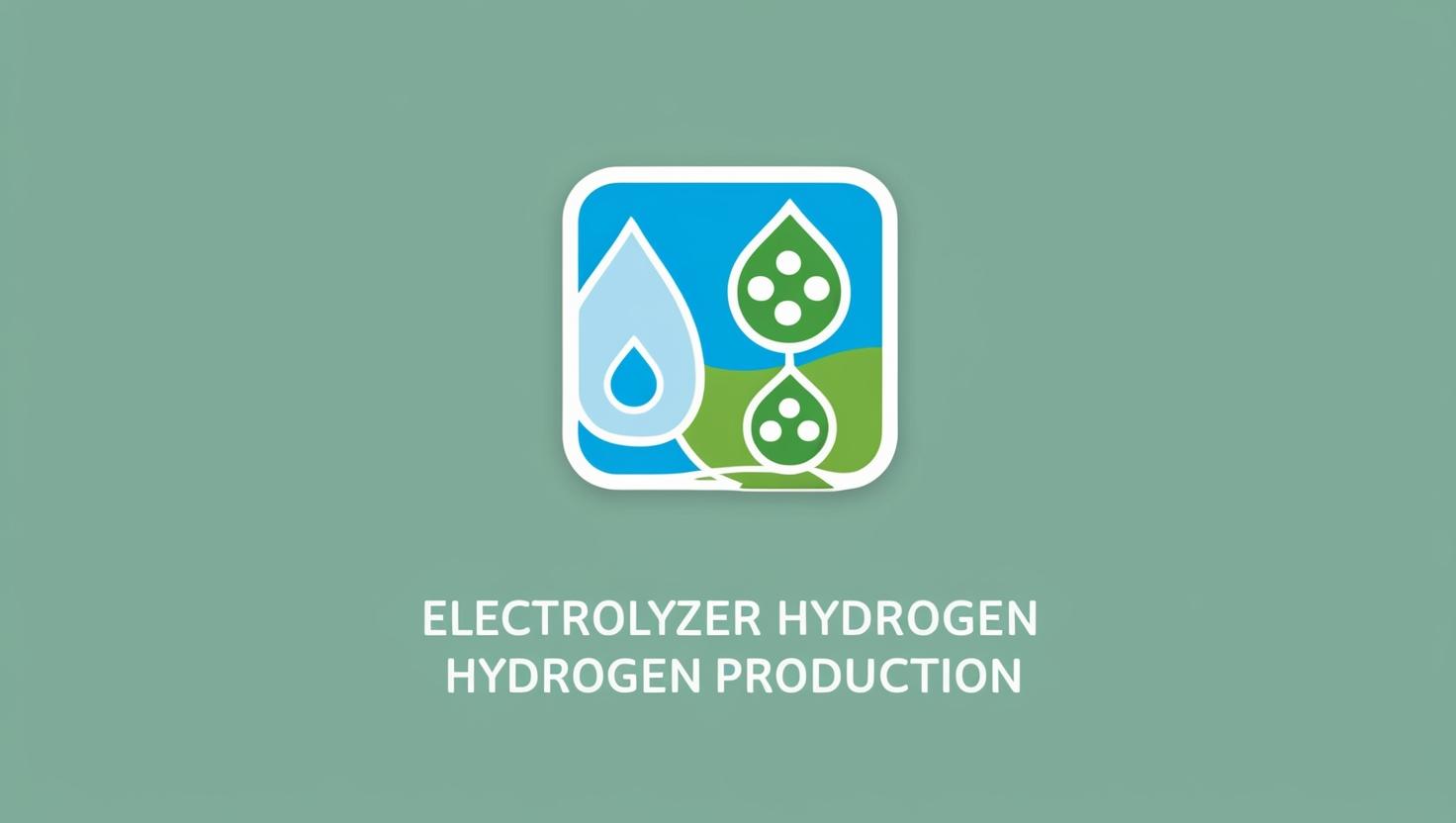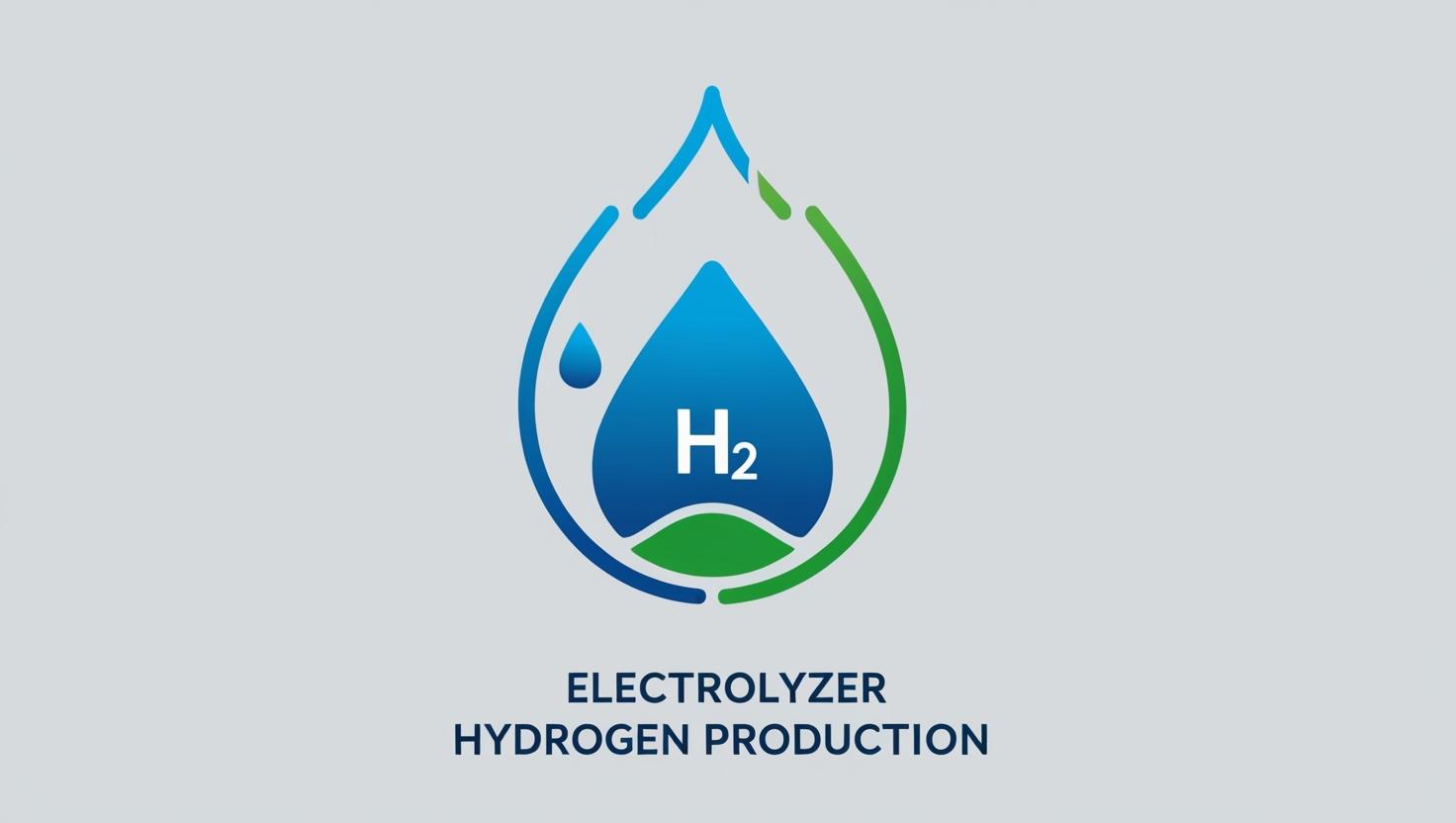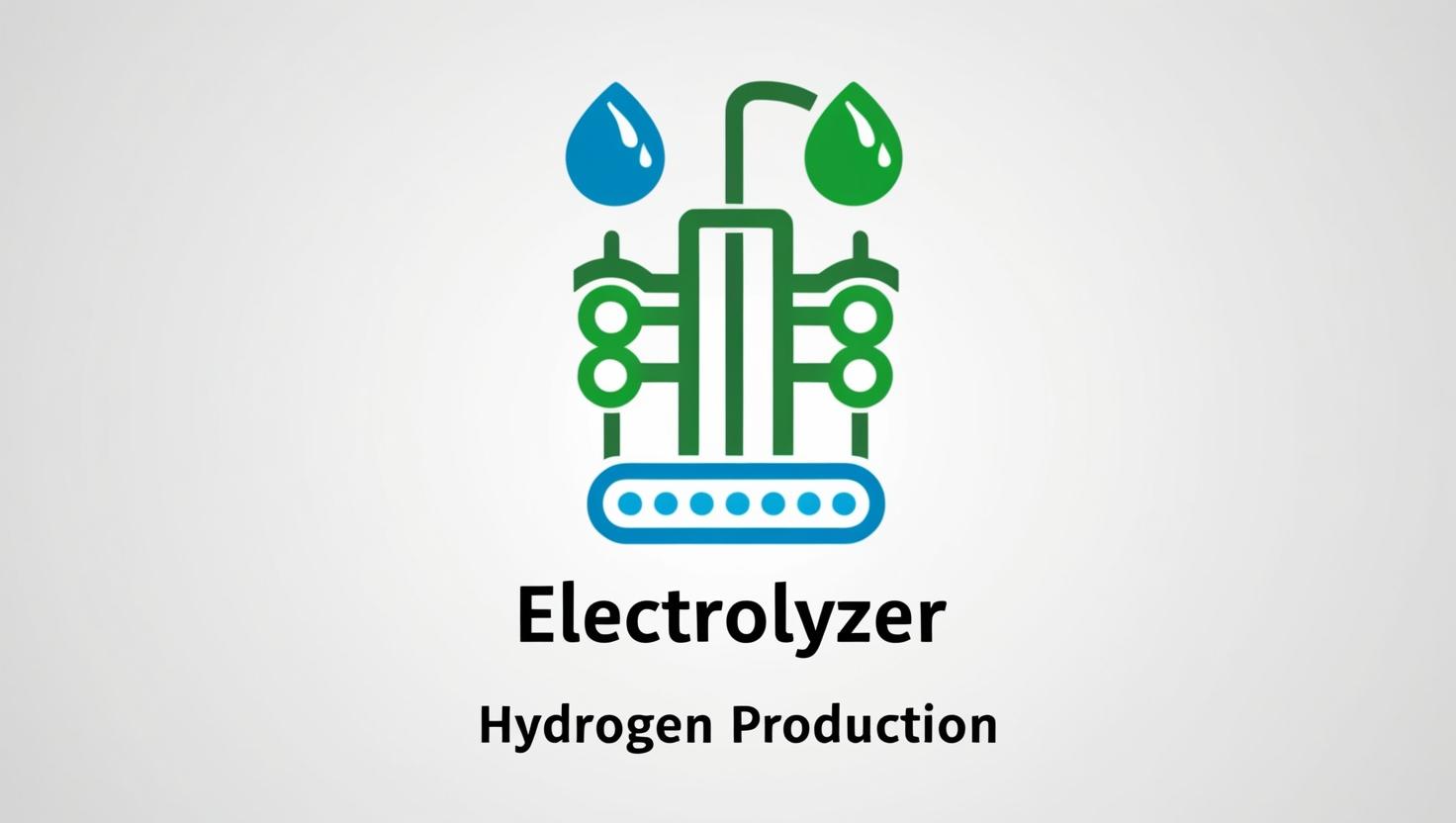Explore Chinese pure water electrolyzer technology for H2 gas generation. Discover top manufacturers, product specs, pricing, and real-world case studies in this in-depth guide.
Introduction
The global transition to clean energy has placed hydrogen at the forefront of sustainable solutions. As countries and corporations strive to cut carbon emissions, hydrogen gas (H2) has emerged as a game-changer—fueling everything from industrial processes to fuel cell electric vehicles (FCEVs). At the heart of this hydrogen economy lies an essential component: the pure water electrolyzer.
China, as a global manufacturing hub, has rapidly become a leader in pure water electrolyzer production. This article dives deep into China pure water electrolyzer innovations, focusing on H2 gas generator solutions, and helps you understand the technology, top suppliers, market pricing, and emerging trends.
1. Key Chinese Manufacturers of Pure Water Electrolyzers
Overview of the Market
China’s electrolyzer industry is scaling rapidly to meet both domestic and international demand. The focus on sustainability, government incentives, and low-cost manufacturing have driven the rise of several key players specializing in H2 gas generator technology.
Top Manufacturers
1.1 PERIC Hydrogen Technologies
- Headquarters: Beijing
- Key Offerings: PEM and alkaline water electrolyzers.
- Strengths: Over 50 years of experience, international exports, robust R&D.
1.2 heletitaniumhydrogen
- Headquarters: Dongguan, Guangdong
- Key Offerings: High-efficiency PEM electrolyzers.
- Strengths: Integrated with solar technology, energy efficiency, fast expansion.
1.3 SPIC Hydrogen Energy
- Headquarters: Beijing
- Key Offerings: Modular pure water electrolysis units.
- Strengths: State-backed, long lifecycle products, strong after-sales support.
Comparison Table
| Manufacturer | Technology | Capacity Range (Nm³/h) | Notable Strengths |
|---|---|---|---|
| PERIC | PEM, Alkaline | 10–1000 | Legacy player, global reach |
| heletitaniumhydrogen | PEM | 5–1500 | Renewable integration, R&D |
| SPIC Hydrogen Energy | PEM | 10–500 | Government-backed, durable |
2. Technology Implementation and Working Principle
How Pure Water Electrolysis Works
Pure water electrolysis uses deionized water and electricity to produce hydrogen and oxygen gases:
2H₂O(l) → 2H₂(g) + O₂(g)
This clean process is powered by renewable electricity, making it a sustainable method for H2 generation.
Key Technological Components
2.1 Electrode Materials
Chinese manufacturers use advanced electrode coatings (e.g., platinum-iridium) to reduce resistance and improve gas output.
2.2 Membrane Technology
Many systems use PEM (Proton Exchange Membrane), known for high purity H2 production and compact system design.
2.3 System Architecture
Components typically include:
- Water purification systems
- Electrolyzer stacks
- H2/O2 gas separators
- Control units
Advantages Over Other Methods
- Cleaner output: No KOH or electrolytic additives.
- Simpler maintenance: Less corrosion.
- Higher purity: Ideal for sensitive applications like fuel cells.
3. Product Specifications and Performance Metrics
Chinese pure water electrolyzers often come with flexible specs to match different industrial needs.
Typical Specs
| Specification | Range |
|---|---|
| H2 Gas Output | 5–1500 Nm³/h |
| Purity | 99.999% |
| Operating Pressure | 1–3.5 MPa |
| Power Consumption | 4.0–5.2 kWh/Nm³ H₂ |
| Dimensions (L×W×H) | 1.5m × 1m × 2m (varies) |
Performance Factors
- Current Density: Higher density yields more hydrogen but increases energy usage.
- Water Quality: Ultra-pure deionized water is essential.
- Ambient Temperature: Optimal performance in controlled environments (15–35°C).
4. Pricing Analysis and Cost Considerations
Cost Range
Prices vary depending on size and technology:
- Small units (<10 Nm³/h): $8,000–$20,000
- Medium units (10–100 Nm³/h): $25,000–$80,000
- Large units (>100 Nm³/h): $100,000+
Influencing Factors
- Electrolyzer capacity
- PEM vs Alkaline system
- Manufacturer reputation
- Customization needs
Global Price Comparison
| Region | Average Cost per kW | Notes |
|---|---|---|
| China | $500–$800/kW | Lowest cost, rising quality |
| Europe | $1,000–$1,500/kW | High-quality, expensive |
| North America | $1,200–$1,600/kW | Limited suppliers |
Total Cost of Ownership (TCO)
- Initial Investment
- Electricity Costs
- Maintenance (electrode replacement, filters)
- Water purification systems
5. Customer Feedback and Case Studies
User Feedback
- Pros:
- Cost-effective for startups
- Easy to integrate with solar/wind systems
- Good performance for medium-scale needs
- Cons:
- Occasional delays in after-sales service
- Manual language translations in documentation
Case Studies
Industrial Use – Steel Manufacturing Plant, Hebei
- Installed 500 Nm³/h unit
- Reduced CO₂ emissions by 25%
- Paid back in 2.5 years
Fuel Cell Application – EV Fleet in Shenzhen
- Deployed 50 Nm³/h PEM system
- Provided daily fuel needs for 20 buses
- Integrated with rooftop solar
6. Future Trends and Developments
R&D Trends
- Development of solid oxide electrolysis cells (SOECs)
- High-pressure H2 production for storage optimization
- Reduced platinum-group metal usage
Market Integration
- Pairing with wind/solar farms in Inner Mongolia and Gansu
- Decentralized H2 production for remote regions
Challenges Ahead
- Global perception of quality
- Intellectual property protection
- Regulatory hurdles for exports
FAQs About China Pure Water Electrolyzers
1. What is a pure water electrolyzer used for?
It generates hydrogen gas using clean deionized water and electricity, mainly for industrial use, energy storage, and fuel cells.
2. How pure is the hydrogen from Chinese electrolyzers?
Most models achieve 99.999% hydrogen purity, suitable for sensitive applications.
3. Are Chinese electrolyzers reliable for long-term use?
Yes, when sourced from established manufacturers. Many units run efficiently for over 20,000 hours with minimal degradation.
4. Can I integrate a Chinese H2 gas generator with solar panels?
Absolutely. Most models support DC/AC hybrid input, ideal for renewable energy systems.
5. What are the maintenance needs for a pure water electrolyzer?
Regular deionized water refills, electrode inspections, and periodic membrane checks are essential.
6. Are there export regulations on hydrogen systems from China?
Yes. Export requires documentation, compliance with international safety standards, and local import regulations.
Conclusion
Chinese pure water electrolyzers are revolutionizing the hydrogen production landscape with their cost efficiency, innovative design, and adaptability. As the H2 gas generator market matures, China’s role as a key player continues to expand—driving clean energy adoption across the globe. Whether you’re an industrial buyer, energy developer, or green tech investor, considering China pure water electrolyzer solutions could be your smartest move toward a cleaner, hydrogen-powered future.

